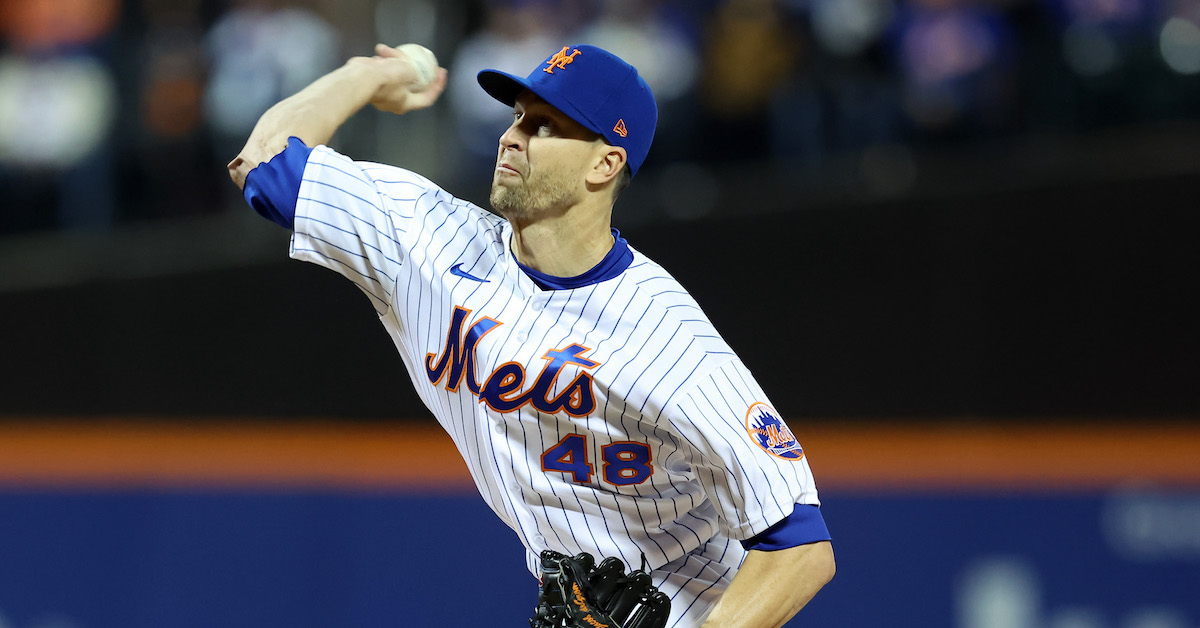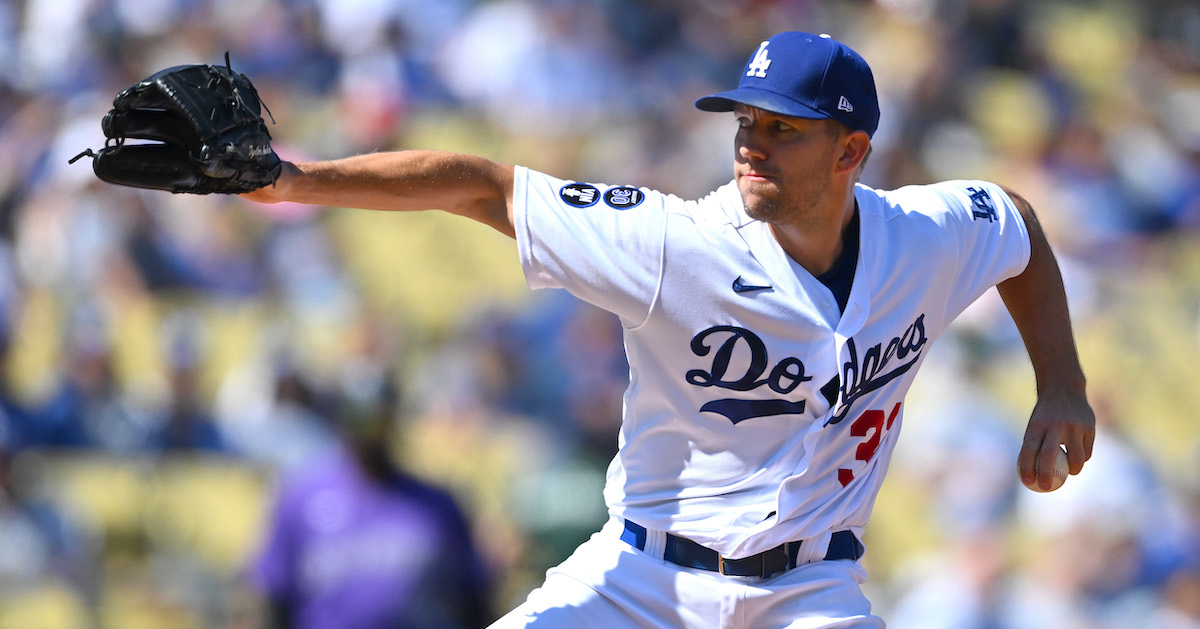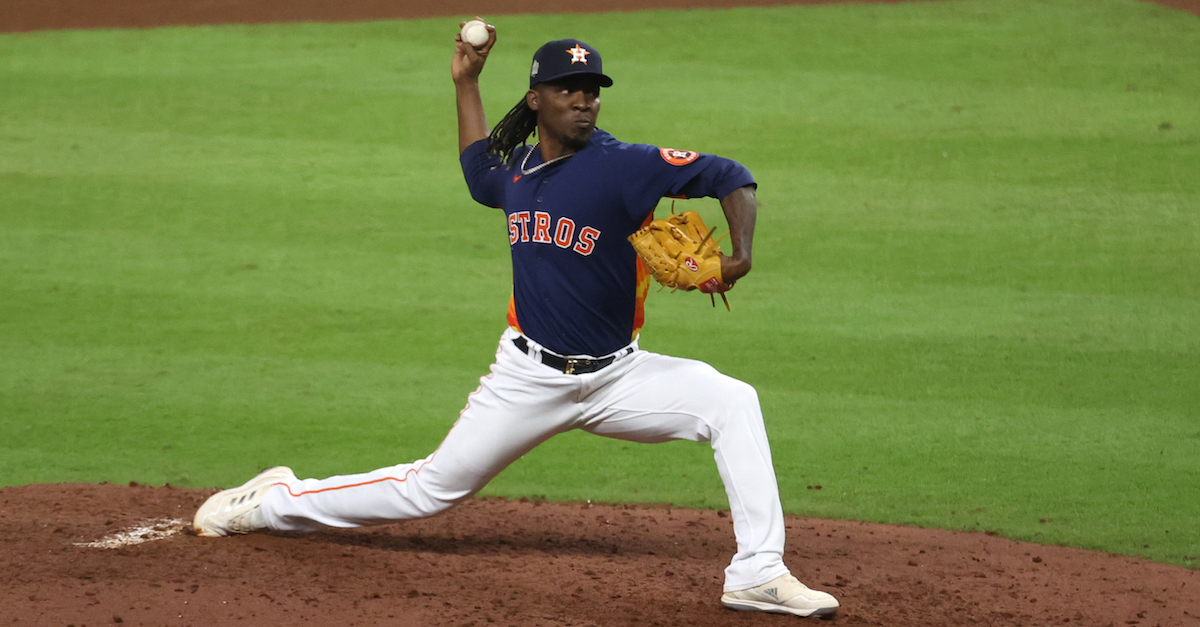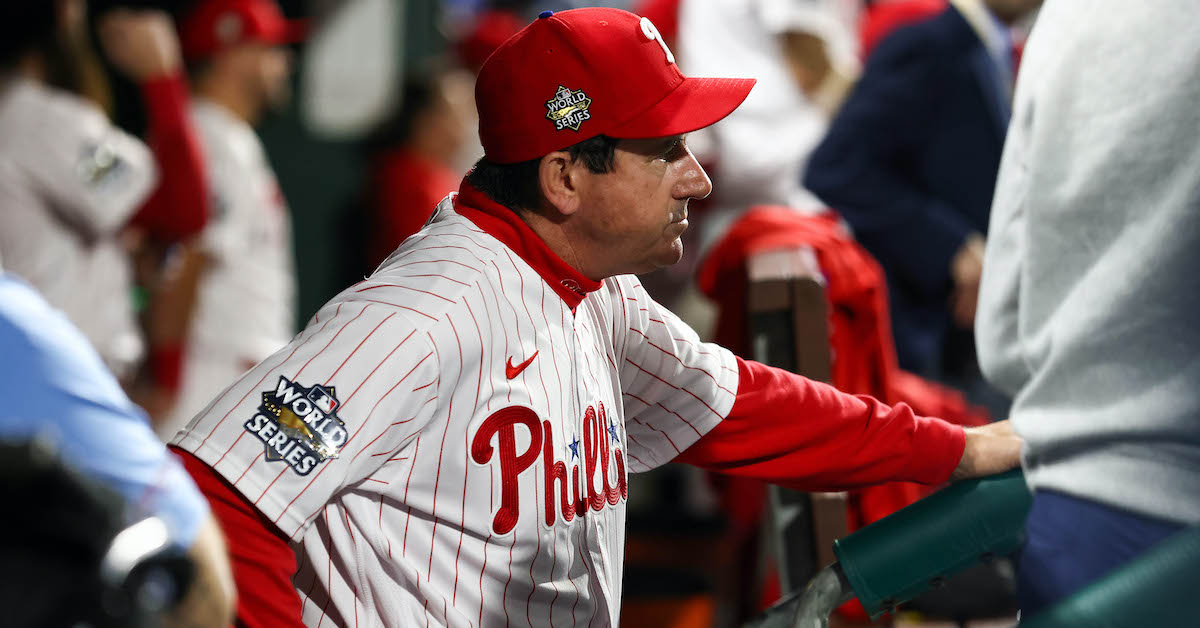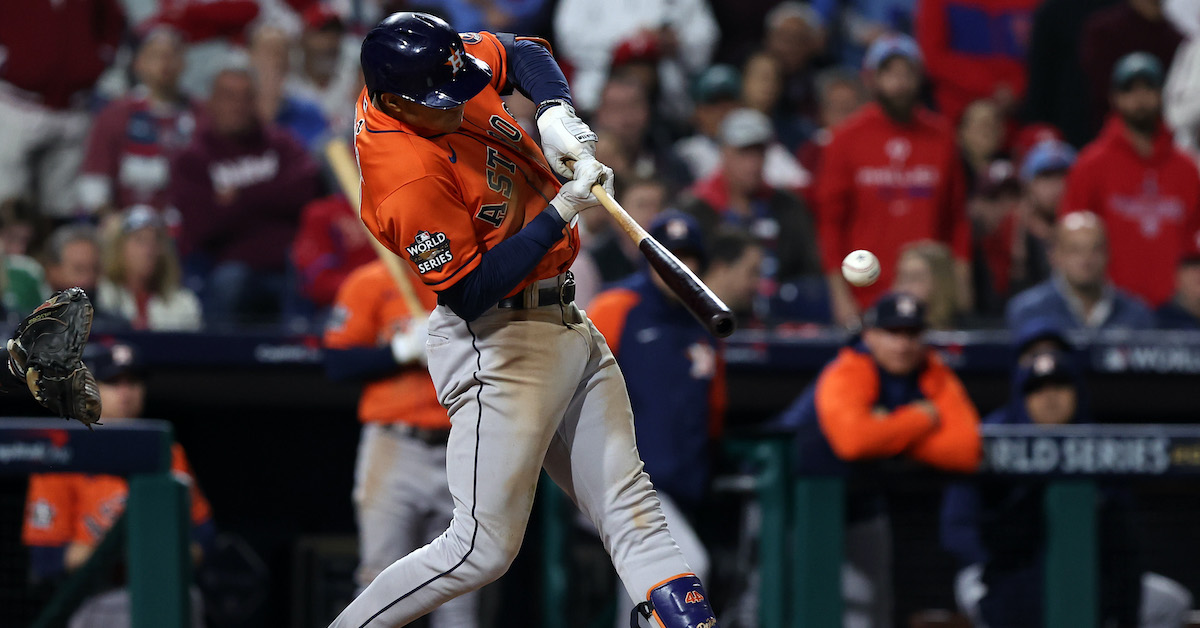A Chronicle of Indignity: Unjust Punchout Leaders

Last week, I contemplated baseball as a carnival game. It gave me great joy because I think there should be more silly games in the world. It also gave me great joy because I got to spend hours watching beautifully located pitches, on a loop, for work. I wouldn’t necessarily recommend trying this yourself – bosses are wild these days – but trust me, it’s really fun.
Another thing I really enjoyed in writing that article was watching batters react to those perfectly placed pitches. One, in particular, stuck with me, so I snuck a piece of it into the piece. Here’s the full clip. In it, Vladimir Guerrero Jr. has either just realized he had a huge cryptocurrency position on FTX or been called out on strikes:
I love it. I love it so much. It makes me even happier that he wasn’t right. That was a strike! Everyone loves to think they’ve been wronged. Everyone has their own perspective. Vlad’s perception of the strike zone is surely that it smaller than the actual zone. In this case, the difference between perception and reality led to a delightful expression of disbelief. Read the rest of this entry »

